Places to Visit in Argentina Best Destinations and Top Spots
Last updated on June 12th, 2025 at 12:54 am
So I’m sitting in this tiny café in San Telmo last month, jet-lagged and nursing my third cortado of the day, when this German backpacker at the next table starts complaining about how “touristy” Buenos Aires is. I almost choked on my coffee.
Here’s the thing – this kid had been in Argentina for exactly 48 hours. I’ve been coming here for seven years, and I’m still discovering neighborhoods in Buenos Aires I’ve never explored. Argentina isn’t touristy. Most people just don’t dig deep enough.
That conversation got me thinking about all the travelers who come to Argentina with this checklist mentality – tick off Iguazu Falls, snap some photos in Buenos Aires, maybe do a wine tour in Mendoza, then move on. They’re missing the whole point of what makes the places to visit in Argentina so special.
This isn’t going to be one of those generic travel guides that tells you to visit the same five spots everyone talks about. I’m going to share the real Argentina – the places that made me cancel my flight home twice, the experiences that turned a two-week vacation into a seven-year love affair, and yes, the mistakes that cost me money and taught me lessons.
Table of Contents
Why Argentina Ruined Me for Other Countries (In the Best Way)
Let me paint you a picture of my first morning in Argentina. I stumbled out of my hostel in Buenos Aires, expecting another generic South American capital. Instead, I found myself on a street that could’ve been lifted straight from Paris, complete with sidewalk cafés and wrought-iron balconies.
But then I turned the corner and boom – street art covering an entire building, someone practicing tango moves on the sidewalk, and the smell of grilled meat that made my stomach growl at 9 AM.
That’s Argentina in a nutshell. Just when you think you’ve figured it out, it throws you a curveball.
I’ve traveled to 52 countries now (yeah, I keep count – don’t judge), and Argentina is the only one that made me completely change my travel style. Before Argentina, I was a “two weeks max in any country” kind of traveler. Now? My shortest trip here was three weeks, and I felt rushed.
What makes Argentina addictive:
- It’s eight different countries pretending to be one
- Wine that costs $3 and tastes like it should cost $50
- People who argue about soccer like it’s a matter of life and death
- Landscapes that don’t look real until you’re standing in them
- A culture that treats 10 PM dinners as totally normal
The diversity here is nuts. You can literally go from subtropical jungle to Antarctic conditions in the same day if you book the right flights. Show me another country where that’s possible.
Northern Argentina: Where Reality Gets Weird
Iguazu Falls – Forget Everything You Think You Know About Waterfalls
Okay, confession time. I was pretty jaded about waterfalls before Iguazu. I’d seen Niagara, Victoria Falls, some impressive ones in Thailand. I thought I got it – water falls down, makes noise, people take photos.
Then I walked out onto that viewing platform at Devil’s Throat and my brain basically shut down for about five minutes.
Iguazu isn’t just a waterfall. It’s 275 separate waterfalls spread across 1.7 miles of rainforest, dumping 62,000 cubic feet of water per second into this horseshoe-shaped chasm. The noise is so loud you can’t have a conversation. The mist soaks you from 100 yards away. And the rainbows? I counted four at once during my last visit.
Here’s what the guidebooks don’t tell you: the Argentine side and Brazilian side are completely different experiences. Argentina gets you up close and personal – you’ll be soaked within minutes and loving every second. Brazil gives you the panoramic “holy shit” views that make for better photos but less adventure.
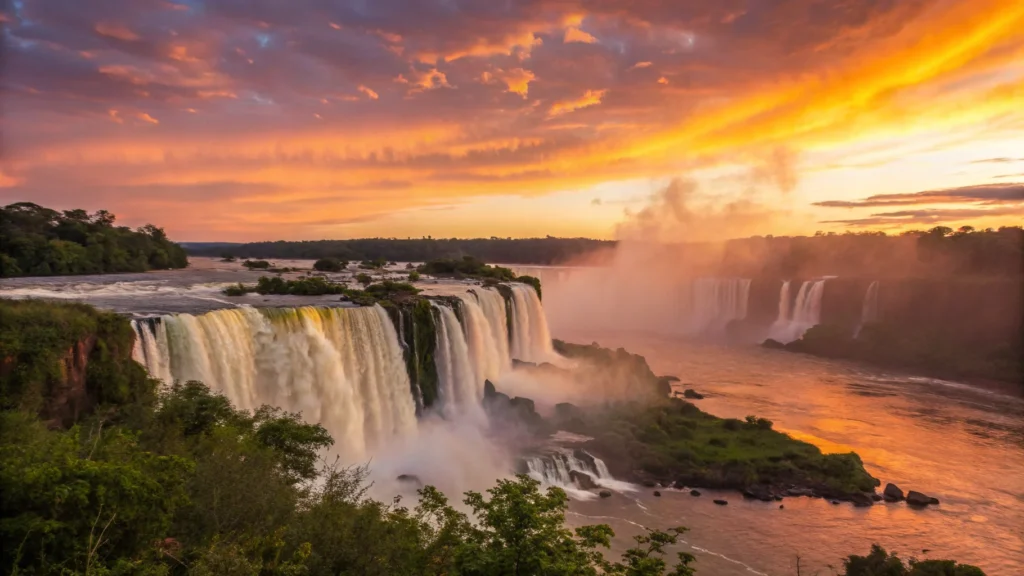

My Iguazu game plan (learned through trial and error):
- Start with Argentina side – it’s more immersive
- Bring a dry bag for your phone (learned this the expensive way)
- Get to Devil’s Throat before 9 AM or accept you’ll be in a crowd
- Don’t wear white clothes unless you want to look like you wrestled in mud
- The ecological train is free but gets packed – sometimes walking is faster
The wildlife here blew me away too. I saw toucans the size of small dogs, coatis that act like they own the place (they basically do), and butterflies in colors I didn’t know existed. Just don’t feed the coatis – they’re adorable but they’re also basically furry pickpockets with attitude.
Salta – The Colonial City Everyone Misses
Salta surprised the hell out of me. I was expecting some sleepy colonial town, a quick stop before heading to Bolivia. Instead, I found this perfectly preserved Spanish colonial city nestled in a valley surrounded by desert mountains that change color depending on the time of day.
The architecture here is incredible – we’re talking about buildings from the 1600s that look like they were painted yesterday. The main plaza (Plaza 9 de Julio) is where locals still gather in the evenings to gossip and kids still chase pigeons while their grandparents watch from park benches.
But the real adventure in Salta is the Train to the Clouds (Tren a las Nubes). This engineering marvel climbs from 3,900 feet to over 13,800 feet in about four hours, crossing viaducts that seem to hang in mid-air. It’s one of the highest railways in the world, and riding it feels like you’re cheating physics.
Fair warning about the altitude – it hits like a truck. I spent the first hour feeling like I’d run a marathon while breathing through a straw. But when you’re looking down at clouds from a train window, crossing bridges that shouldn’t exist, it’s worth every labored breath.
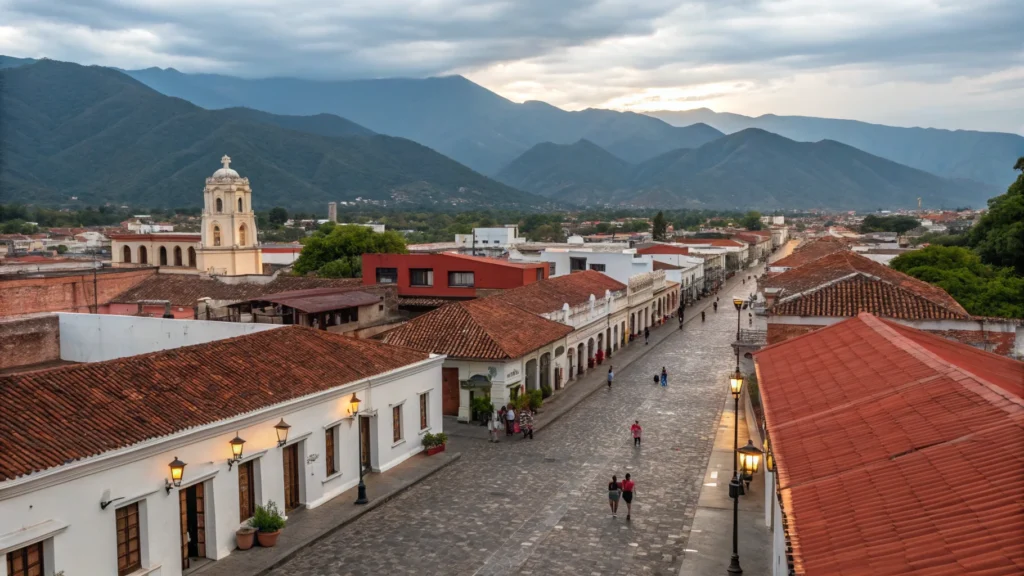

Salta essentials:
- Book the train at least a week ahead (it only runs certain days)
- Bring altitude sickness meds if you’re sensitive
- Try locro – it’s like a hug in a bowl
- Don’t miss the cable car up Cerro San Bernardo at sunset
- The peñas (folk music venues) are touristy but authentic
Central Argentina: Where Culture Meets World-Class Wine
Buenos Aires – The City That Thinks It’s European (And Kind of Is)
Buenos Aires messed with my head from day one. I kept forgetting I was in South America. The tree-lined avenues look like Paris, the café culture rivals Rome, and then someone starts dancing tango in the middle of the street and you remember exactly where you are.
Each barrio (neighborhood) has its own personality, and trust me, you need to experience them all:
San Telmo is where Buenos Aires keeps its soul. Cobblestone streets, antique shops, and old guys playing chess on street corners while tango dancers perform for tips. Sunday’s antique market is chaos in the best possible way – imagine a flea market where half the vendors are passionate about the history of every rusty spoon they’re selling.
Palermo is where young porteños (Buenos Aires locals) go to see and be seen. Rooftop bars, boutique hotels, restaurants that wouldn’t look out of place in Brooklyn. It’s trendy but not pretentious, if that makes sense.
Recoleta is old money elegance. Wide boulevards, fancy shopping, and a cemetery where Eva Perón rests alongside presidents and poets. Yeah, you’re going to take a selfie at Evita’s tomb. Everyone does.
La Boca gets all the attention because of the colorful Caminito street, but honestly? It’s pretty touristy. Go for the photos, but don’t expect authentic Buenos Aires culture.
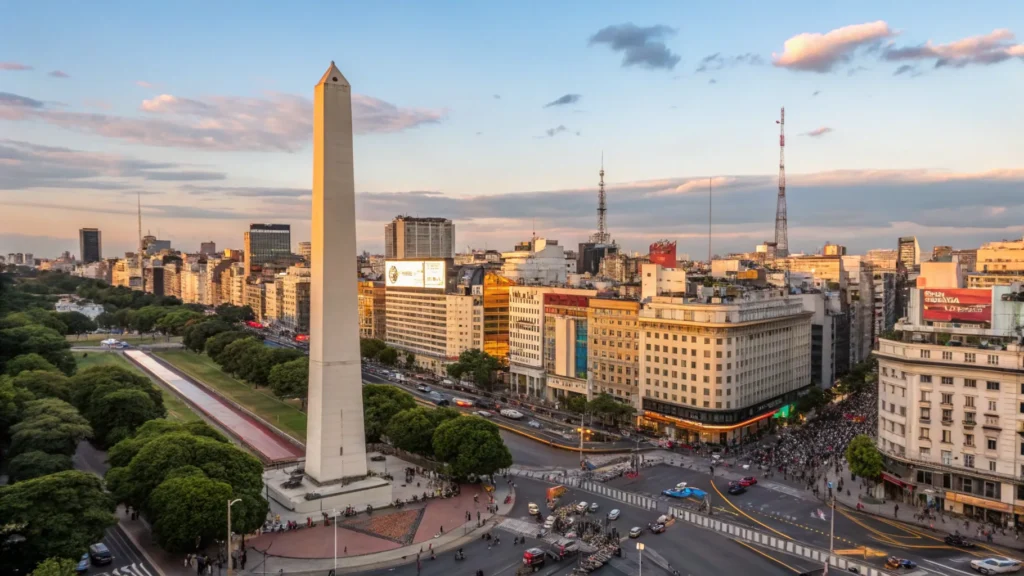

One thing that took me forever to figure out: dinner doesn’t start until 10 PM. I spent my first three nights wandering around at 7 PM wondering why every restaurant was empty. These people eat late, party until 4 AM, then somehow function at work the next day. I tried keeping up once. Emphasis on once.
Mendoza – Where Wine Dreams Become Reality
I’ll be honest – I wasn’t much of a wine person before Mendoza. I could tell the difference between red and white, and that was about it. Mendoza turned me into one of those annoying people who swirls their glass and talks about “notes” and “finish.”
But here’s the thing – it’s not just about the wine (though the Malbec will ruin you for wine anywhere else). It’s about drinking those wines while the Andes rise up from the desert like someone painted them onto the sky with a brush dipped in purple and gold.
The wine regions each have their personality:
Maipú is closest to the city and perfect for bike tours. Yes, bike tours through wineries. It sounds dangerous, and honestly, it kind of is after the third tasting, but it’s also the most fun way to see multiple vineyards in one day.
Uco Valley is where the serious wine happens. Higher altitude means more complex flavors, according to the wine people, and more stunning views according to everyone else.
Luján de Cuyo is old-school Argentina – family wineries that have been making wine for generations, where the owner’s grandfather might give you the tour and share stories that aren’t in any guidebook.
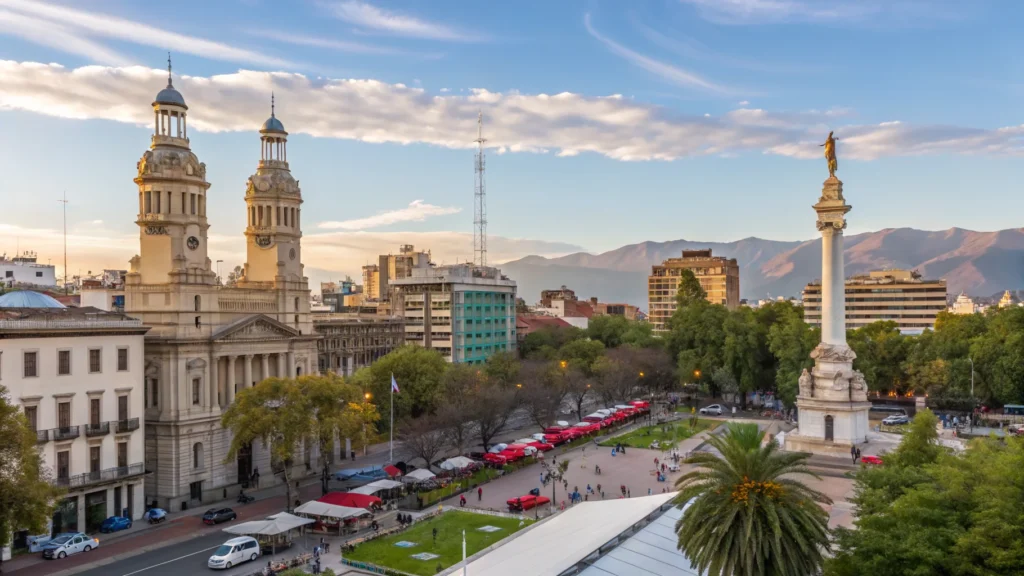

What I learned about Mendoza the hard way:
- The altitude (2,400 feet) makes wine hit harder than usual
- Drink water between tastings or pay the price tomorrow
- Don’t just stick to Malbec – try Torrontés, the white wine that tastes like flowers
- Many wineries require reservations now
- The best restaurants are in the suburbs, not downtown
The steak here deserves its own paragraph. Argentine beef paired with Argentine wine at an outdoor parrilla (grill) while the sun sets behind the Andes? That’s not dinner, that’s a religious experience.
Patagonia – The Place That Humbles You
El Calafate and the Glacier That Defies Logic
Perito Moreno Glacier broke something in my brain. I’d seen glaciers before – boring chunks of dirty ice in Alaska that looked like oversized ice cubes. This thing is different. It’s a living, breathing wall of electric blue ice that’s been growing (not shrinking) for thousands of years.
The glacier is about 60 meters (200 feet) tall and 5 kilometers (3 miles) wide. But those numbers don’t mean anything until you’re standing there, watching house-sized chunks of ice calve off and crash into the lake with sounds like thunder mixed with breaking glass.
I did the ice trekking tour, which involves strapping crampons (medieval torture devices for your feet) and actually walking on the glacier. It sounds terrifying, but it’s actually pretty straightforward if you can walk without falling over. The hard part is processing that you’re walking on ice that fell as snow before humans invented agriculture.
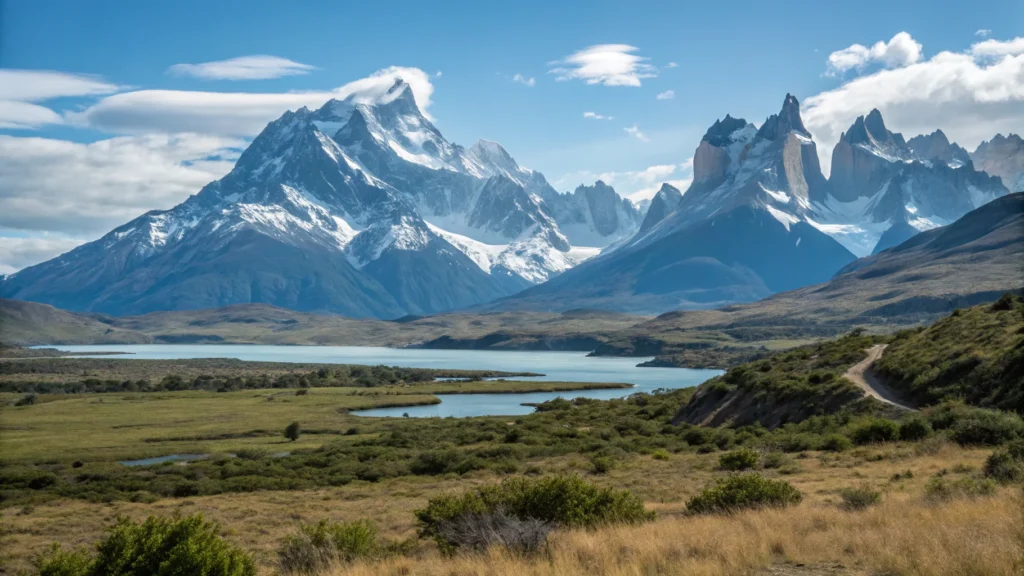

Glacier experiences ranked by awesomeness:
- Big Ice trek: Full day on the glacier, physically demanding but incredible
- Mini trekking: Half day, perfect for most people
- Boat safari: Gets you close to the glacier face, great for photos
- Viewing platforms: Free and accessible, still impressive
The town of El Calafate exists basically to serve tourists, and it does it well without being too cheesy. The ice cream here is famous throughout Argentina – try the calafate berry flavor. Local legend says if you eat calafate berries, you’ll return to Patagonia. I’ve eaten them four times now. Make your own conclusions.
El Chaltén – Where Hikers Go to Question Their Life Choices
El Chaltén is a small town that exists for one purpose: to serve as base camp for some of the most spectacular and punishing hiking in South America. The whole place revolves around Mount Fitz Roy, this jagged granite spire that looks like it was designed by someone who’d never seen a real mountain.
The classic hike is to Laguna de los Tres, which sits at the base of Fitz Roy. It’s eight hours round trip of ups and downs through lenga forests, across streams, and over rocky terrain that will test every muscle you didn’t know you had.
I’m not going to lie – this hike kicked my ass. I consider myself in decent shape, but Patagonian hiking is next level. The weather changes every ten minutes, the wind can literally knock you over, and just when you think you’re done climbing, there’s another hill.
But that moment when you reach the lagoon and see Fitz Roy reflected in the still water? I sat there for two hours eating my sad trail mix and trying to process what I was looking at. It’s one of those views that makes you understand why people become obsessed with mountains.


El Chaltén hiking reality check:
- These trails are no joke – be in actual good shape
- Weather changes faster than your mood on social media
- Start before sunrise or the afternoon wind will destroy you
- Bring way more food and water than you think you need
- Don’t trust weather forecasts – they’re more like suggestions
The other famous hike goes to Cerro Torre base camp. Less crowded because it’s even harder, but equally stunning if you can handle the punishment.
Argentina’s Hidden Gems (The Places Locals Don’t Want You to Know About)
Peninsula Valdés – Wildlife That Will Make You Believe in Magic
Nobody talks about Peninsula Valdés, which is criminal because it offers some of the most incredible wildlife experiences on Earth. This UNESCO World Heritage site is where southern right whales come to breed from June to December, and you can watch them from the beach.
I spent an entire morning at Doradillo Beach lying in the sand, watching whales surface maybe 100 feet from shore. These creatures are the size of school buses, and when they come up to breathe, you can hear that deep whoosh sound that reminds you how small humans really are.
The boat tours get you even closer. Our guide cut the engine and we just floated there while curious whales swam around us, checking out these weird floating things. One whale spy-hopped (stuck its head up) right next to our boat. We could have reached out and touched it, though obviously we didn’t.


Peninsula Valdés wildlife calendar:
- June-December: Southern right whales (peak season September-November)
- Year-round: Elephant seals (but breeding season is more dramatic)
- December-March: Orca hunting season (if you’re incredibly lucky)
- September-March: Penguin colonies at nearby Punta Tombo
The landscape here is stark and beautiful – think Patagonian steppe meeting the Atlantic Ocean. It’s not Instagram pretty, but it’s real in a way that makes you remember why you started traveling in the first place.
Bariloche – Switzerland Moved to Patagonia
Bariloche is what happened when German and Swiss immigrants decided to recreate their homeland in the Argentine Andes. The result is this charming town with Alpine architecture, crystal-clear lakes, and chocolate shops that would make Brussels jealous.
The chocolate here is seriously world-class. I’m talking about Swiss-quality stuff made by descendants of European immigrants who brought their techniques to Argentina in the early 1900s. I gained eight pounds in four days. Zero regrets.
In winter (June-September), Bariloche transforms into Argentina’s premier ski destination. Cerro Catedral has runs for every skill level and views that make you forget you’re supposed to be focusing on not falling down the mountain.
Summer (December-March) turns it into an outdoor paradise. Lake Nahuel Huapi is perfect for kayaking, swimming (if you can handle cold water), or just sitting on the shore with a beer and wondering why more people don’t know about this place.
Bariloche insider tips:
- The Circuito Chico drive offers the best lake views
- Book restaurants in advance during peak season
- Try the local beer (Patagonia brand) – it’s excellent
- The cable car up Cerro Campanario has the best panoramic views
- Don’t leave without visiting at least three chocolate shops
Ushuaia – Literally the End of the World
Ushuaia calls itself “El Fin del Mundo” (The End of the World), and standing there looking south toward Antarctica, you understand why. This is the southernmost city on the planet, surrounded by snow-capped mountains and the Beagle Channel.
The vibe here is unique – part frontier town, part tourist destination, part launching point for Antarctica expeditions. Everyone you meet has a story about how they ended up at the bottom of the world.
Tierra del Fuego National Park surrounds the city, offering hiking trails through forests that look prehistoric. The Coastal Path follows the Beagle Channel and offers views of Chile across the water. On clear days, you can see for miles in every direction and feel like you’re standing at the edge of civilization.
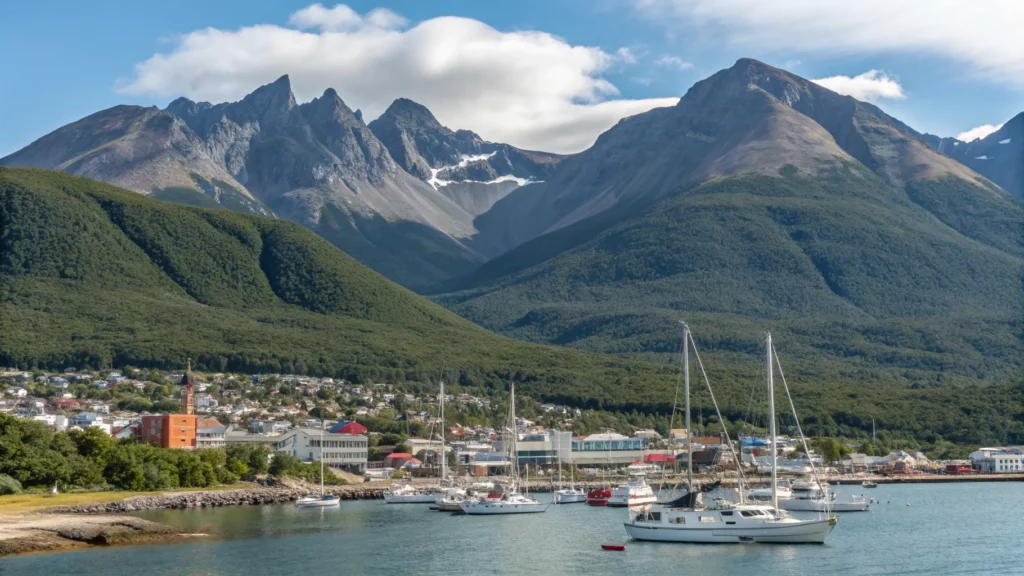

Ushuaia experiences you can’t get anywhere else:
- Beagle Channel boat tours with sea lions and cormorants
- The world’s southernmost national park
- Train to the End of the World (Tren del Fin del Mundo)
- King crab that’s caught locally and tastes incredible
- Views of the Andes meeting the sea
The Real Talk About Traveling Argentina
Places to Visit in Argentina Without Losing Your Sanity
Argentina is deceptively huge. I learned this lesson the expensive way when I decided to take a bus from Buenos Aires to Bariloche for my first trip. Twenty-four hours later, I stumbled off that bus looking like I’d been through a blender.
Domestic flights have gotten much more affordable with budget airlines like Flybondi and JetSmart. Yeah, you might have to pay extra for a carry-on, but saving 20 hours of your vacation is worth it.
Transportation reality:
- Flights: More expensive but save massive time
- Buses: Comfortable but eat your vacation time
- Rental cars: Great for wine regions, nightmare in Buenos Aires
- Tours: Sometimes your only option for remote places like glaciers
Pro tip: Book flights between major cities well in advance. Last-minute flights in Argentina can cost more than international flights from the US.
When to Visit (This Actually Matters)
Timing is crucial in Argentina because the seasons are flipped from the Northern Hemisphere, and the country spans such extreme latitudes that weather varies dramatically by region.
My season breakdown based on seven years of visits:
- October-April: Patagonia (summer weather, longer days, everything’s open)
- March-May: Wine regions (harvest season, perfect temperatures, fewer crowds)
- June-September: Northern Argentina (cooler temperatures, dry season)
- Year-round: Buenos Aires and Iguazu (though summer can be brutal)
Avoid Patagonia in winter (June-August) unless you enjoy punishment. It’s cold, windy, and most outdoor activities shut down.
The Money Situation (It’s Complicated But Workable)
Argentina’s economy is… unique. Without getting into politics, just know that there are multiple exchange rates, and the “official” rate is often very different from what people actually use.
This changes constantly, so research the current situation before your trip. What I can tell you is that Argentina can be incredibly affordable if you understand the system.
Rough daily budgets (based on 2024 prices):
- Backpacker: $30-50 USD (hostels, street food, local transport)
- Mid-range: $60-100 USD (nice hotels, restaurant meals, some tours)
- Luxury: $150+ USD (high-end everything)
Cash is still king outside major cities. Bring US dollars and exchange them locally for better rates.
Why Argentina Changed How I Think About Travel
After seven years and countless trips to Argentina, I’ve figured out what makes this place so addictive. It’s not just the incredible landscapes or the amazing food or even the friendly people (though all of that helps).
It’s the way Argentina makes you slow down. In Buenos Aires, dinner doesn’t start until 10 PM, and conversations last for hours. In wine country, tastings turn into philosophical discussions about life. In Patagonia, you’re forced to respect the weather and move at nature’s pace, not your schedule’s.
The places to visit in Argentina aren’t just destinations you check off a list. They’re experiences that change how you think about travel, about nature, about what’s possible when you step outside your comfort zone.
Whether you’re drawn to the cosmopolitan energy of Buenos Aires, the raw power of Iguazu Falls, the adventure of Patagonia, or the cultural richness of the colonial north, Argentina offers experiences that stick with you long after you’ve returned to your regular life.
I’ve been to 52 countries, and Argentina is the only one that made me completely rethink my relationship with travel. It’s the only place where I’ve extended trips multiple times, missed flights because I wasn’t ready to leave, and started planning my next visit before my current one was over.
That German backpacker in the café was wrong – Argentina isn’t touristy. It’s just that most people don’t stay long enough to discover what lies beneath the surface. Don’t make that mistake.
The real Argentina is waiting for travelers who are willing to dig deeper, stay longer, and open themselves up to experiences that don’t fit neatly into a two-week vacation package.
What’s stopping you from booking that flight? Drop a comment and let me know which part of Argentina is calling to you – I’ve got seven years of mistakes and discoveries to share, and I’d love to help you plan a trip that goes way beyond the guidebook recommendations.

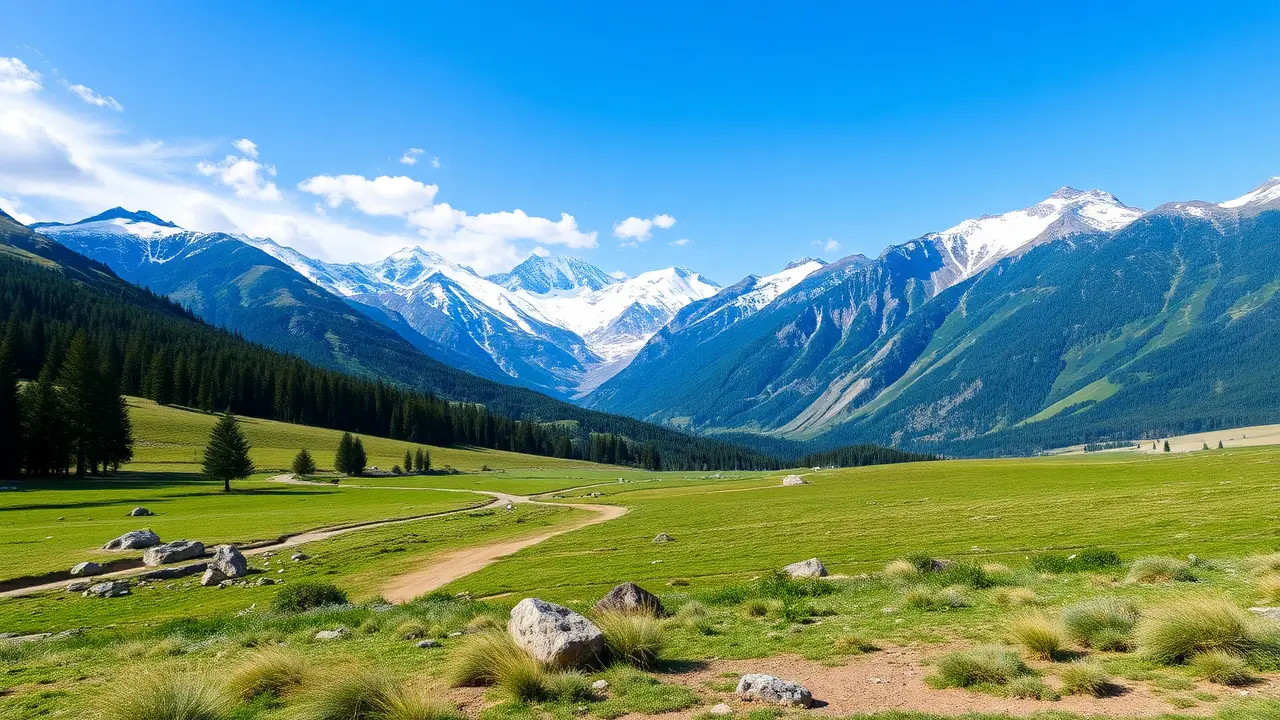

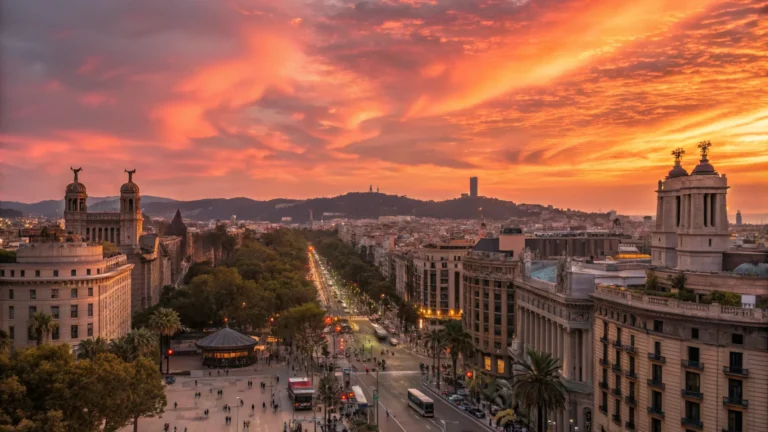
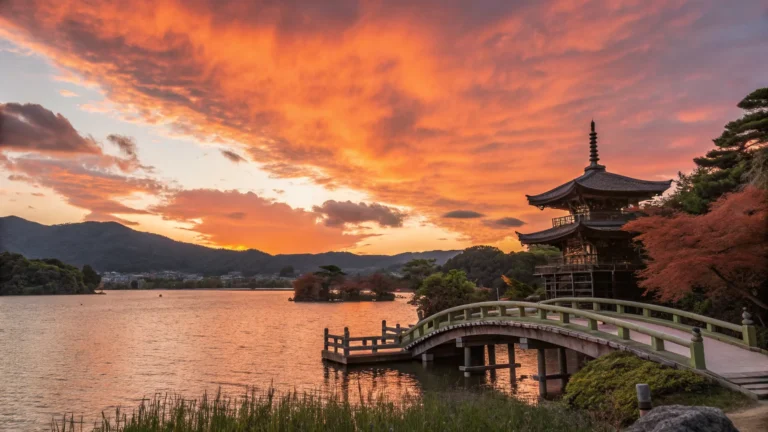
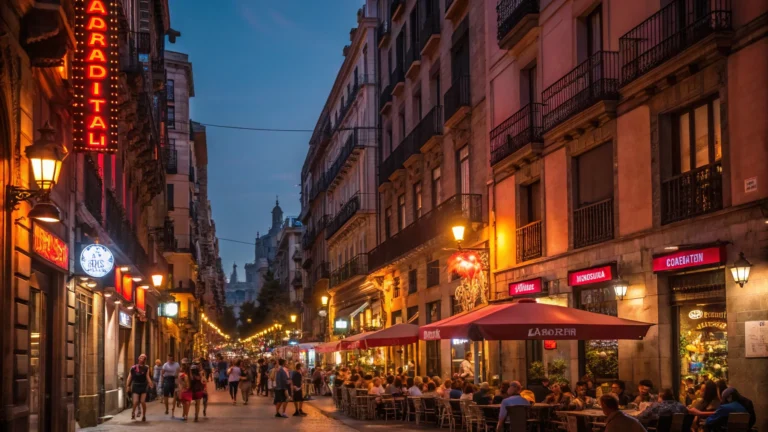

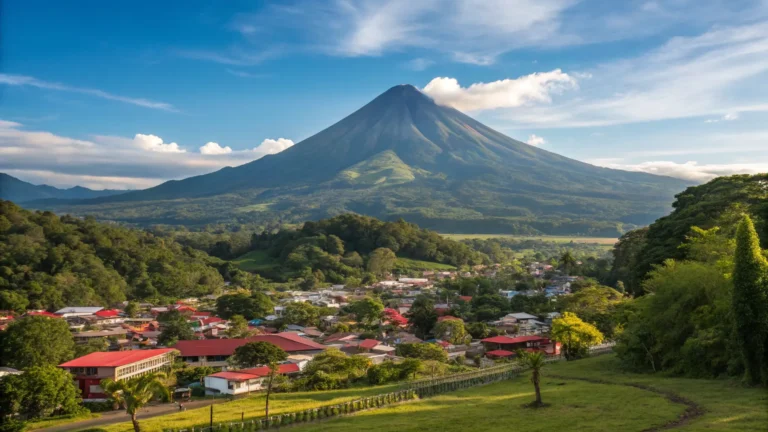
One Comment